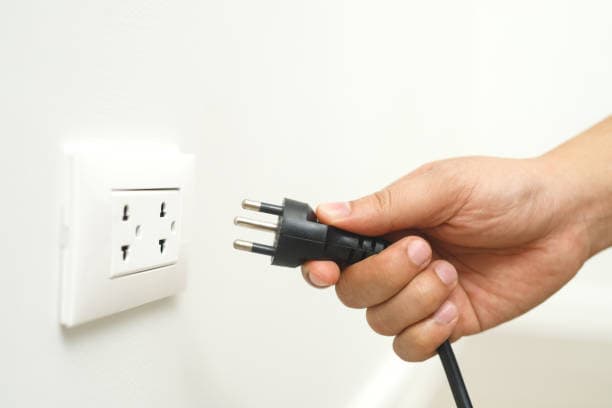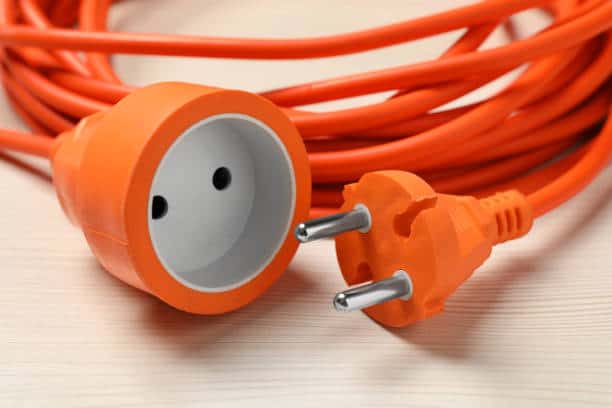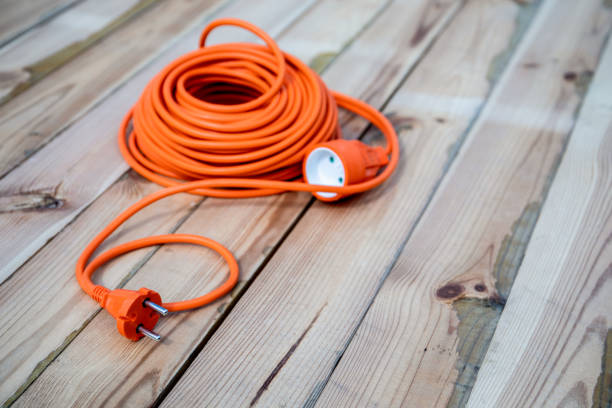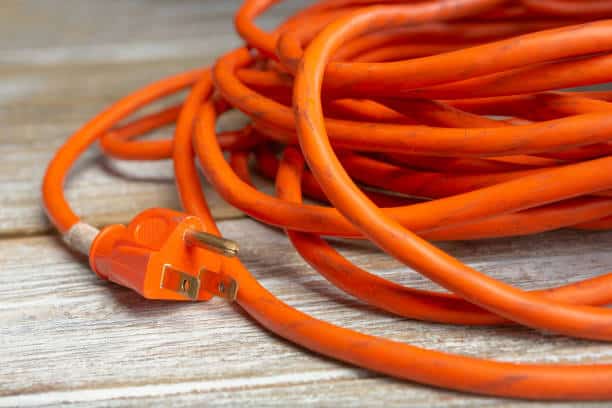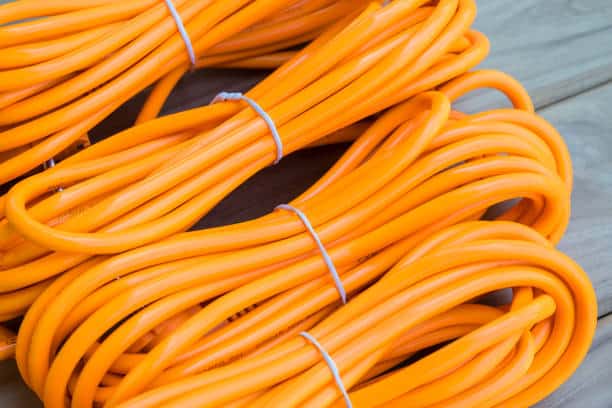What is the difference between a power cord and a power cable?

The terms "power cord" and "power cable" are often used interchangeably, but is there a real difference between them? Understanding the distinction is important, especially when you're choosing the right product for your electronics or electrical systems.
Snippet paragraph: While the terms "power cord" and "power cable" are commonly used interchangeably, there are subtle differences. Power cords usually refer to cords used for household devices, while power cables may apply to any electrical power connection.
In this article, we’ll break down these two terms, examine other related terms, and explore when and why the distinction matters.
Are cord and cable the same?

Though "cord" and "cable" are often used interchangeably, they aren’t exactly the same thing. Understanding the difference can help you make the right choices when purchasing or replacing electrical connections.
Snippet paragraph: No, cords and cables are not exactly the same. While they are similar, a "cord" generally refers to a flexible wire for small appliances, while a "cable" is often thicker and used for more heavy-duty applications.
Differences in Construction
-
Cord
A "cord" typically refers to a flexible wire used for smaller appliances or electronics. It generally consists of insulated wires bound together, often with a plastic or rubber coating. Power cords are usually lighter and more flexible, making them easier to manage for household or office use. -
Cable
A "cable" is usually a term used for a thicker, more durable version of a cord. Cables are often designed for industrial or commercial applications and can carry higher currents or voltages. They are generally more robust and can be made with multiple conductors or heavier insulation to support high-power systems.
Is the difference important?
Yes, it can be important, especially when dealing with higher voltage systems or when safety is a priority. For example, using a cord instead of a cable for a high-power application could be dangerous and lead to overheating or fire hazards.
What is another name for a power cord?

A power cord is often known by several other names depending on the context and the region. Understanding these alternate terms can help you recognize the same product under different labels.
Snippet paragraph: A power cord can also be referred to as a power lead, extension cord, or electrical cord. These terms describe the same product but may vary based on the country or application.
Common Synonyms for Power Cord
-
Power Lead
This term is often used in the UK and Australia to describe what Americans would call a power cord. It’s essentially the same product—a flexible electrical connection used to supply power to devices. -
Extension Cord
While technically a bit different, extension cords are often considered a type of power cord. These cords allow you to extend the reach of your power connection, making them useful for appliances that are too far from the wall socket. -
Electrical Cord
This is another commonly used synonym for power cord. "Electrical cord" is a broad term that can refer to any cord used to carry electrical power, including power cords, extension cords, and more specialized cables. -
IEC Cord
Specifically, power cords used for computers and other electronics often have an "IEC" (International Electrotechnical Commission) connector. These are sometimes called IEC cords or C13 cords, based on the connector’s specific shape.
Are all these terms interchangeable?
In most casual conversations, these terms can be used interchangeably, but technically, "extension cord" refers to a cord that extends the reach of an electrical outlet, whereas "power cord" refers more specifically to the cord that connects the device to the power source.
What are the three types of power cables?

When it comes to power cables, there are three main types that are commonly used in both residential and commercial settings. Each type serves a different purpose and is designed to handle different levels of voltage and amperage.
Snippet paragraph: The three main types of power cables are: low-voltage, medium-voltage, and high-voltage cables. Each is designed for specific uses based on the amount of electrical power they need to handle.
Types of Power Cables
-
Low-Voltage Cables
These cables are designed for appliances and devices that require less power. Examples include power cords used for phones, small electronics, or household appliances. Low-voltage cables typically have lower insulation and are made with lighter materials since they don’t need to carry a heavy load of electricity. -
Medium-Voltage Cables
Medium-voltage cables are used in applications such as industrial machinery, electrical panels, and commercial systems. They can carry a higher current than low-voltage cables and are often used in buildings or factory settings to distribute power to various machines or lighting systems. -
High-Voltage Cables
High-voltage cables are designed to carry significant amounts of electricity and are used in power transmission and distribution networks. These cables are thicker, more durable, and insulated to handle the immense amounts of electricity required to power cities, factories, or large industrial systems.
How do these cables differ in construction?
- Material: High-voltage cables often use more durable materials such as copper or aluminum to reduce resistance and increase conductivity.
- Insulation: High-voltage cables require thicker insulation to prevent arcing and accidental short circuits, while low-voltage cables need less insulation.
- Sheath: High-voltage cables also tend to have thicker sheaths to protect the internal wires from environmental elements and physical damage.
When should you use each type of cable?
Low-voltage cables are suitable for home appliances, while medium-voltage cables are commonly used in factories and businesses. High-voltage cables are essential for utility companies and large-scale power plants where electricity is distributed over long distances.
What is considered a power cord?

So, what exactly qualifies as a "power cord"? Is it just any cable that connects to an electrical source, or does it have more specific requirements?
Snippet paragraph: A power cord is typically defined as the flexible wire that connects a device to a power source, such as an outlet or power strip. It usually includes a plug, an insulated wire, and sometimes a specific connector for the device.
Components of a Power Cord
-
Plug
The plug is the end of the power cord that connects to the wall outlet. The design of the plug can vary based on the country’s electrical system (e.g., Type A for North America, Type C for Europe). -
Insulated Wires
Inside the cord, you'll find one or more insulated wires, which carry electrical current from the outlet to the device. The number of wires and the type of insulation depend on the voltage and the current the cord is rated for. -
Connector
Many power cords include a connector that fits into the device you’re powering, like a barrel connector for a laptop or an IEC connector for a desktop computer.
Are all power cords the same?
No, not all power cords are the same. Power cords vary in size, material, voltage rating, and current capacity depending on the device they are designed to power. For example, the power cord for a microwave oven will differ from the power cord for a phone charger in both construction and rating.
Conclusion
While the terms "power cord" and "power cable" are often used interchangeably, they have distinct meanings. Power cords are generally smaller, flexible wires used for household appliances, whereas power cables are more robust and designed for industrial or high-power applications. Understanding the differences can help you make more informed decisions when purchasing or replacing cables for your devices.
Whether it's a simple power cord for your lamp or a high-voltage cable for a factory, choosing the right type ensures both safety and optimal performance. Always check the specifications of the devices you're connecting to ensure compatibility with the correct type of cord or cable.

